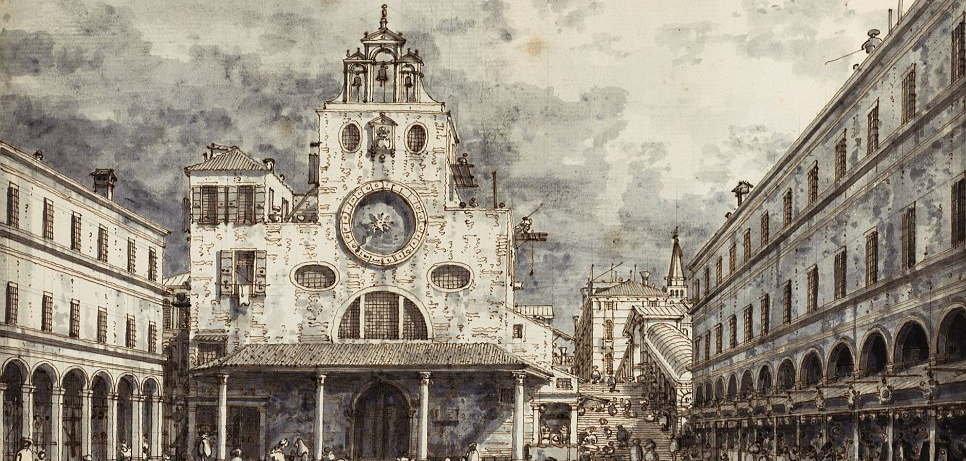All of our Polished Plaster is imported direct from Italy, and manufactured in state of the art plants with certified raw materials, processed in full respect of the environment. Our materials stand for low chemical content - less than 1.5% - and for the absence of Volatile Organic Compounds (VOC).
Our Materials
Our Polished Plasters Features
Eco-friendly
Green: 99% natural, VOC-free
Ecological: large use of reclaimed materials, such as marble dust and sawdust
Reversible: made from mineral raw materials and fully recyclable
Healthy
Breathable: low resistance to vapor diffusion and high permeability
De-humidifying: great capacity to absorb the water present in the walls and resistance to alkaline salts thanks to its high porosity
Insulating: thermal and acoustic insulating properties due to the high micro-porosity
Anti-bacterial: hostility to the survival of mould and bacteria thanks to the high alkalinity of lime (pH> 12.5)
Safe: lime-based products are non-flammable and non-combustible
Versatile
Ductile: great workability and high filling power
Durable: mechanical resistance, with functional qualities which improve with time
Compatible: high compatibility with the historical materials
The Lime - The Venetian Polished Plaster Process
The Pebbles
Lime is an ancient, eco-friendly, renewable and highly resistant material. It originates from pebbles rich in calcium carbonate which are transformed into slaked lime in a journey through tradition and technology.
The Fuel
Just as in ancient times, wood is still the fuel used for baking the pebbles in the kiln. Not a single tree is cut down. Large amounts of scraps from local carpentries are collected and turned into sawdust. The sawdust is blown into the oven and burns without using gas, petroleum, coal or electricity.
The Baking
Tradition and innovation combine in the baking stage. An automatic control system oversees every step of the process, in a continuous cycle lasting for about a week. The temperature is kept stable by metering the addition of sawdust and highly sophisticated filtering systems dampen the emissions into the atmosphere.
The Cooling
The pebbles, crumbled by backing, become quicklime. Immerged in water, they are dissolved in a dense liquid, grassello or slaked lime, which is filtered before being poured into the maturation tanks. Unbaked portions, “calcinaroli”, that would otherwise jeopardize the product quality, are here discarded.
The Maturation
In the tanks, almost like a good wine, the slaked lime rests for at least six months. This is the minimum time for the material to turn into the chemical structure of matured slaked lime.
The Slaked Lime
It has been a long journey, but it is just the beginning. The slaked lime is now chemically balanced, pasty and of utmost quality. Before it enters the manufacturing process, it is micro-filtered once again, to remove the smallest impurities and make it creamy. Venetian Polished Plaster has been created.
Historic Tradition
The first traces of the use of lime as a building and decorative material date back to the most ancient civilizations. The Romans excelled in the art of plastering; they were highly skilled in relief
decoration, polishing and coating. It was yet in the Renaissance, thanks to the Venetian architect Andrea Palladio, that the art of plastering blossomed with splendor. The plaster, crafted in
imitation of marble, was used to ennoble public and private residences, as report his biographers:
“The prohibition of using marble made him industrious in the use of baked clay” to mold columns and capitals “covered with oil whitener” with the same aesthetic but lower cost.

